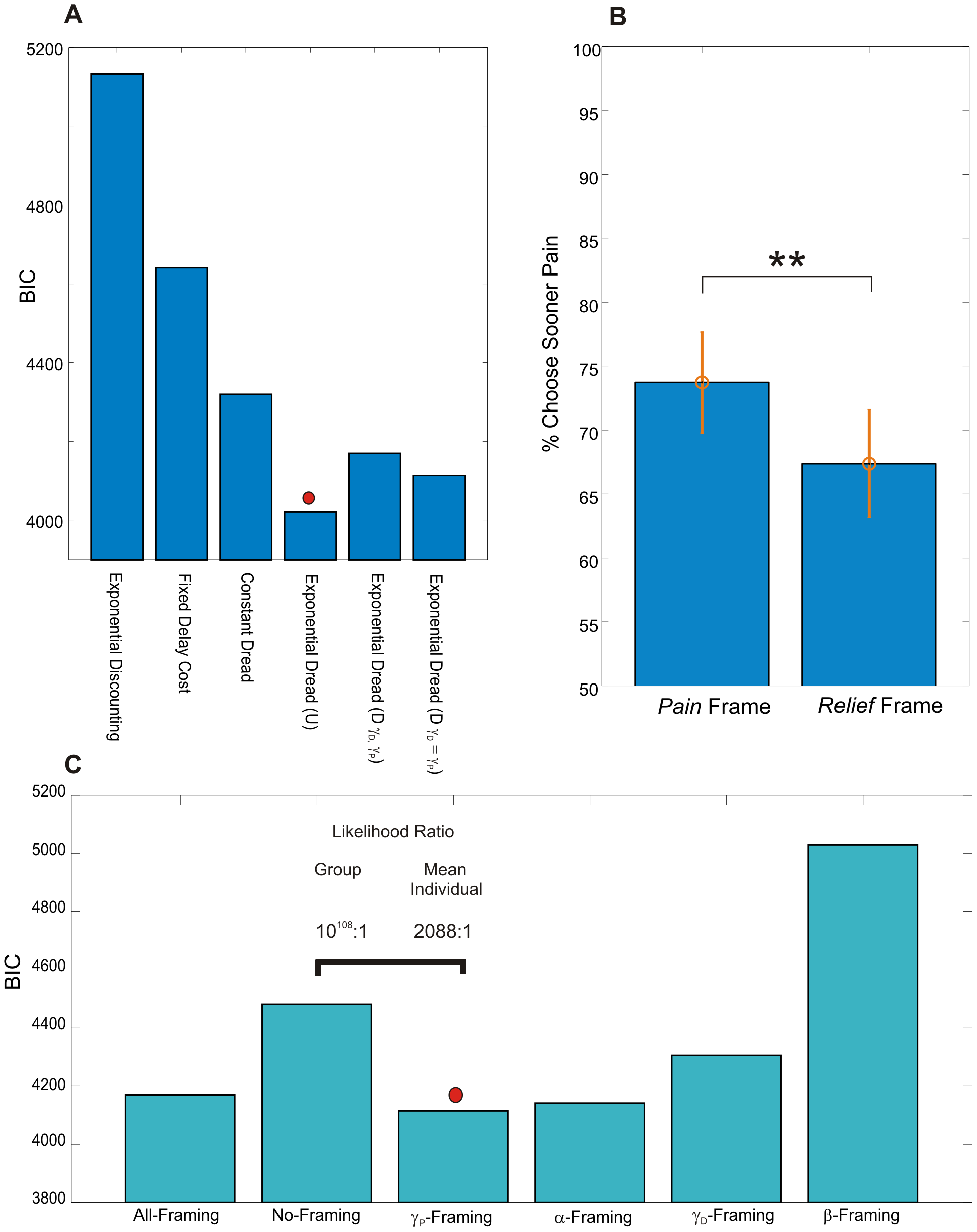Faced with inevitable pain, most people choose to get over with as soon as possible, according to a new paper in which participants chose between real painful stimuli in the form of electric shocks, and imagined painful dental appointments occurring at different times in the future.
Most people chose to hasten the experience of pain, and would even accept more severe pain to avoid having to wait for it, a smaller proportion preferred to put it off into the future.
The anticipation of pain is a major source of misery. People who suffer from long-standing painful conditions report that the dread of worsening future pain can be more disabling than the pain itself. The general phenomenon is typically referred to as 'negative time preference'. The research team, led by Dr. Giles Story of the Centre for Health Policy, Institute of Global Health Innovation, Imperial College London, sought to better understand the fundamental processes by which people anticipate pain, with the hope of providing new insight into these conditions.
The researchers propose that the dread of pain increases as the predicted time of pain approaches. They demonstrate that if people focus only on the approaching pain itself, they will choose to defer pain into the future if possible, to reduce their immediate dread.

Model comparison and framing effects: Experiment 1. A: Bayesian Information Criterion (), summed across participants (N = 25) for the alternative models. Lower values of indicate better fits of the model. Exponential Dread outperformed other models, with Undiscounted Exponential Dread providing the most parsimonious fit at the group level, indicated by the red circle. B: Mean frequency of choosing sooner pain across all choices by all participants in either frame. Error bars show one standard error from the mean in each direction. Two-tailed paired t-test showed significant difference between the two frames t(32) = 2.84, p = 0.0077. This result was confirmed with non-parametric testing for differences between paired samples using the Wilcoxon Signed Rank test, which revealed significant differences between the two medians (N = 33, Z = −2.6, p = 0.0093). C: Results of fitting the general form Exponential Dread model to both pain and relief frames, whilst restricting which parameters were allowed to vary between frames. In the unrestricted framing model (All-Framing) all four parameters, the inverse softmax temperature, , the discount parameters, and , and the anticipation parameter, , were applied separately to each frame, yielding an eight parameter model. In the fully restricted framing model (No-Framing) all parameters were constrained to be equal across frames, yielding a four-parameter model. The best fit, indicated by the red circle, was provided by a four-parameter model in which , and were fixed across frames, leaving between-frame differences explained by differences in (-Framing). Likelihood ratios are displayed at both the group level and the individual level, strongly favoring the -Framing model over the No-Framing model at both the group (fixed effects) (LR = 10108∶1, χ2 = 497.3, p<0.001, d. f. = 25) and individual levels (Mean individual LR = 2088∶1, χ2 = 19.9, p<0.001, d. f. = 1) . Credit and link:
doi:10.1371/journal.pcbi.1003335
By contrast, if people also take into account the dread they may experience in waiting for a painful event, the prospective unpleasantness of a prolonged period of dread may even exceed the unpleasantness of the pain itself. The researchers show that, in such cases, the prospect of pain becomes more unpleasant the more the pain is delayed, and people will therefore choose to expedite unavoidable pain.
The authors conclude that, "Further research is required to uncover the constitutive mechanisms of dread". For clinicians and health policy makers, a greater understanding of these mechanisms could inform the way in which potentially painful investigations and treatments are practised.






Comments